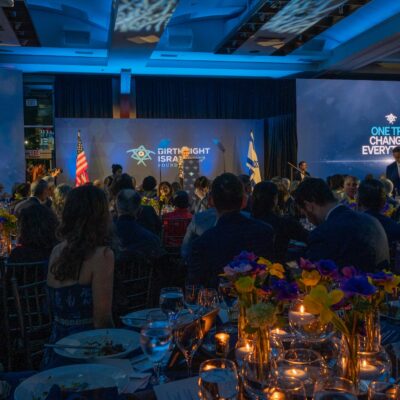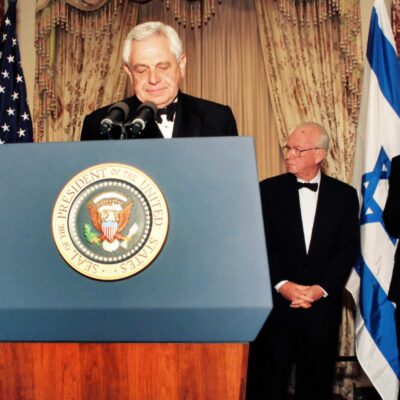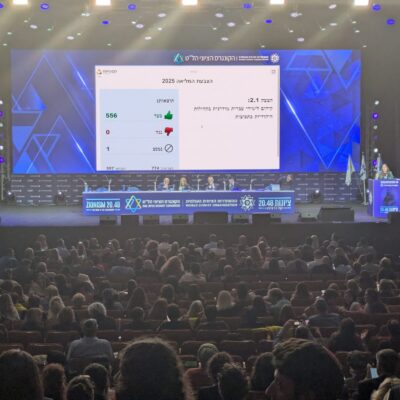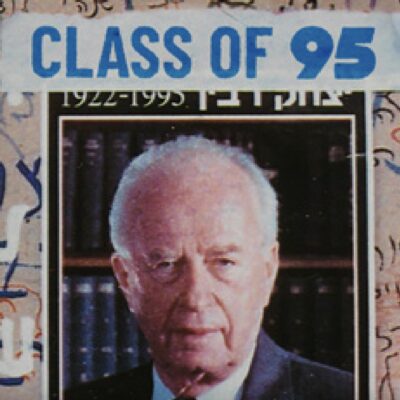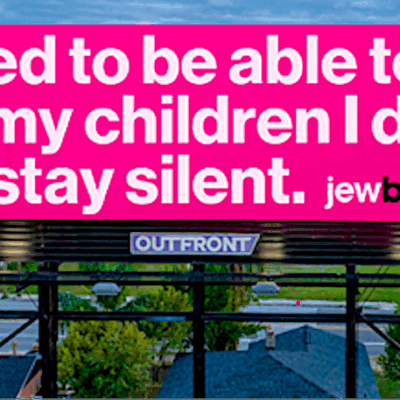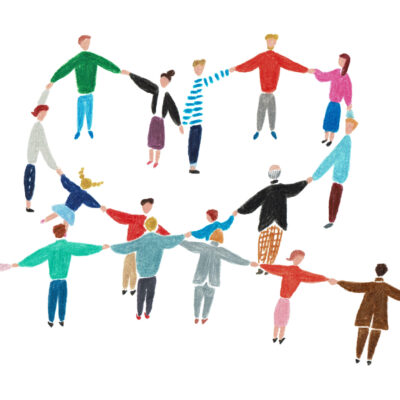Opinion
WE CAN DO BETTER
If every child learns differently, why are all classrooms the same?
I have over 20 years of experience in the field of K-12 education, including 13 years of school administration and leadership, yet it wasn’t until my time as head of school at MetroWest Jewish Day School (MWJDS) in Framingham, Mass., that I truly began to understand how classrooms and the learning that goes on in them can look as different as each student.
Current educational systems are failing to truly accommodate the differences between children. A more flexible, individualized approach to education calls for a shift away from traditional, standardized methods where a student’s needs can only be met if they fall within the constraints of the projected curriculum, the defined classroom space and the predetermined grade-level standards.
What I have seen in my time at MWJDS is that a small, multi-age learning environment genuinely supports and nurtures each child’s unique learning needs and social development incredibly successfully.
I walk down the hallway and overhear a third grader working with a middle school teacher. Peering over, I see the student standing next to a barstool-height table, working through a multistep math problem using a whiteboard marker directly on the tabletop. No desk, chair, paper or pencil in sight. Mind-blowing!
I visit a class during a reading block, and no two children appear to be working on the same content. One is independently reading. Another is typing on their computer. Two others are physically building something, and the teacher is working with an individual student. Yet if you ask these kids what they were working on and why, their answers (delivered with clarity and enthusiasm) reveal that they were each working on the same topic and toward a common goal, but in ways tailored to their specific learning styles.


Prior to MWJDS, I spent eight years as a public school teacher in San Francisco before moving
to the Boston area to earn my master’s in school leadership. I took on various leadership
positions within the Boston-area public school system and at private Jewish day schools. It wasn’t until my current position at MWJDS that my own teaching philosophy started to undergo a transformation as I began to truly understand what individualized education (not to be confused with special education) means.
To best accommodate the individuality of each child:
- Unique learning paths for each student prioritize individualized learning based on each child’s profile, with the curriculum presented in a non-traditional format.
- A low student-to-teacher ratio creates a small classroom environment, allowing
teachers to truly know and teach the whole child.
- Multi-age classrooms foster learning partnerships and social connections that reflect real-world dynamics, enable teachers to meet students at their academic level and provide developmentally appropriate challenges in the curriculum.
If every child learns differently, our classrooms should not look the same. At MWJDS, students
can sit on the floor or on a stool or a beanbag, and taking a break is a life skill that is
celebrated. Achievements are expressed beyond written tests, outside stresses are purposefully brought inside and mastery of skills happen at a different pace for each child. While it may feel to families like a huge risk to educate their children in this way, I wonder if it’s riskier to force children to fit within the constraints of a traditional education, ignoring their passions, their mental health needs and their individuality.
Brian Cohen is the head of school at MetroWest Jewish Day School.

 Add EJP on Google
Add EJP on Google